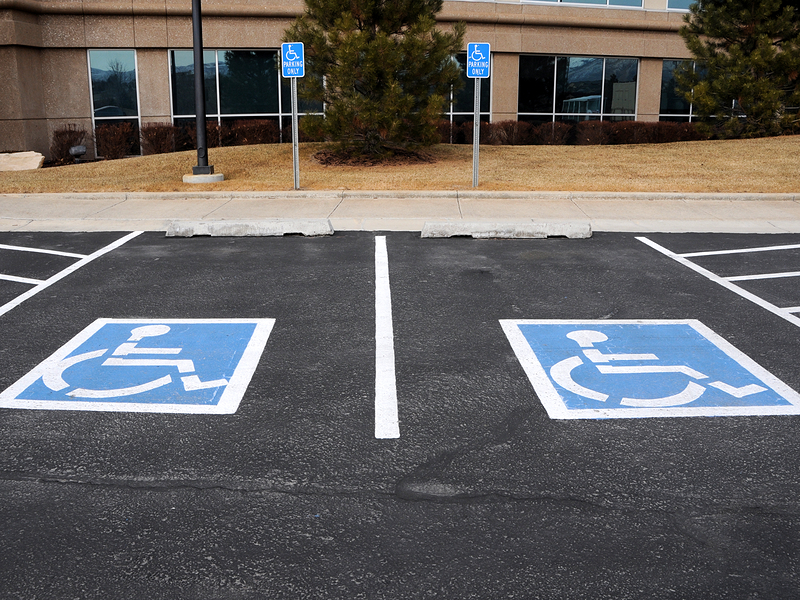I’ve been using electric mobility scooters for years, and more so as I’ve grown older and my multiple sclerosis (MS) has slowly progressed. So, when I read about a new scooter on the market designed for traveling, I was immediately interested. The same goes for a new, inexpensive, manual wheelchair recently developed.
The new scooter is Pride Mobility’s Go-Go Carbon. It’s a very lightweight scooter designed for travel; just throw it in the trunk of a car or take it along on a train, boat, or plane. That’s something that I’m able to do now with my TravelScoot scooter, which is also light and foldable with a lithium-ion battery that has never failed to last at least a full day of cruise ship excursions. But there is at least one difference between the TravelScoot and the Go-Go Carbon that makes the latter appealing.
One of the problems I have with my TravelScoot is its relative lack of stability. Its 35-pound weight including the battery, its lack of a floorboard for my feet, its tricycle design, and a rear section that’s heavier than the front, combine to make me uncomfortable scooting up more than the slightest incline. I’ve also found the scooter tends to tip to one side or the other if I’m not very careful. Because of its tubular design, it can also be hard for me to mount and dismount. These issues can be tricky for a person with MS who experiences common symptoms, such as weakness, muscle spasms, or difficulty with balance.
That all seems less likely to happen with the Carbon than with the TravelScoot. That’s because the Carbon is a four-wheeler while the TravelScoot is a trike. In my book, four is better than three in the stability department. The Carbon is also slightly heavier (39 pounds with battery) than my TravelScoot, and it has a floorboard. The Carbon’s range and speed (about 10 miles and about 3.7 mph) are the same as the Travel Scoot. Both mobility scooters fold.
What if you don’t need powered mobility?
At 76 years old, I require powered transportation most of the time. However, individuals with MS who are younger and stronger may be more interested in a manual chair, such as a new product called Not a Wheelchair.
Not a Wheelchair is designed and manufactured by Cambry and Zack Nelson. Zack is the star of the YouTube channel JerryRigEverything, where he builds and modifies all sorts of things. Cambry, his wife, is a paraplegic and gets around in a manual chair. Working with the company’s Chief Engineer, Tanner Green, the trio has spent the past two years designing a custom-made, quality, aluminum tube chair for only $999. That includes everything: wheels, tires, ridged backrest, and hand rims. (Some options can boost the price a little higher.)
The buyer customizes this chair by using a tool on the company’s website and entering a series of chair dimensions and specifications into a configurator. He or she immediately sees the selections on a 3-D model. I spent some time playing with the configurator and you can too, without having to place an order. It’s very cool.

When someone needs a wheelchair, they don’t want to wait forever to get it. So, the Not a Wheelchair team has found a way to produce one, from order to delivery, in weeks, rather than months. Orders are being taken now.
I haven’t tried either the Pride Carbon or the Not a Wheelchair, so I’m not endorsing either from personal experience. But I’ll certainly be test-driving Pride’s Go-Go Carbon the next time I’m in the market for a mobility scooter that’s designed for travel. And, if I were a person needing a manual chair, I’d be doing the same with Not a Wheelchair.


